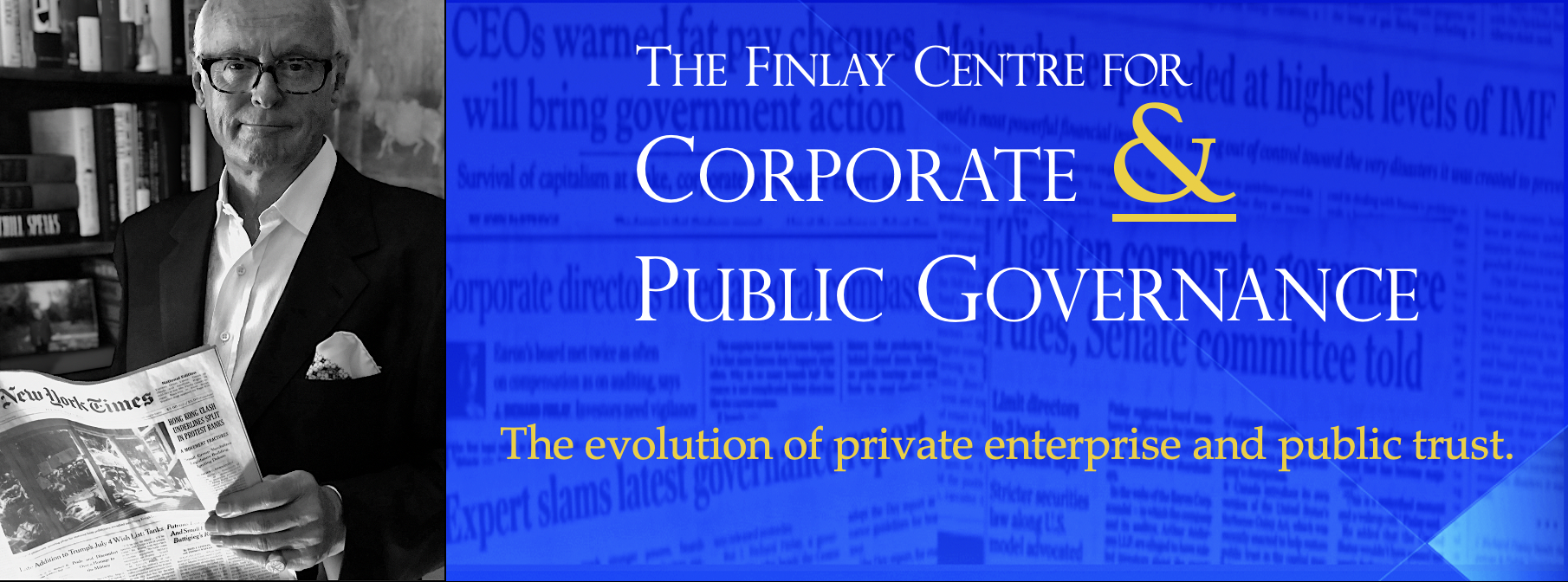 The world’s most powerful securities regulator has long called itself the investor’s advocate. Given its stunning failure over the Madoff scam and the latest scandal, involving R. Allen Stanford, it may be on its way to becoming known as the investor’s nightmare.
The world’s most powerful securities regulator has long called itself the investor’s advocate. Given its stunning failure over the Madoff scam and the latest scandal, involving R. Allen Stanford, it may be on its way to becoming known as the investor’s nightmare.
For years, the Securities and Exchange Commission was regarded as one of the toughest securities cops in the world. The Ontario Securities Commission, North America’s second largest capital markets regulator, on the other hand, has been viewed more like the Keystone Kops –missing the red flags in the Bre-X fraud, dropping the ball on Livent, dodging the tough calls with Hollinger, and losing a number of high profile cases before the courts. In many quarters, the OSC has been dismissed as something of a joke inside Canada and an embarrassment outside.
But recently, it is the SEC that has taken quite a hit. It missed the Madoff scam by miles. It failed to detect the disasters that were brewing at Lehman Brothers and Bear Stearns, even though –and this is rarely mentioned in the media- it moved staff members into those institutions on a full-time basis, well before their fall. Its oversight of the credit rating agencies has been called into question, as those groups stumbled over conflicts and just plain stupid calls.
Under the SEC’s supervision, top investment banks were allowed to double the amount of debt they kept on their balance sheets. An implosion of the entire industry followed, with every one of its major players having disappeared, been swallowed up or converted into a deposit taking institution. Even the SEC’s inspector general faulted the regulator for ignoring “numerous potential red flags” at Bear Stearns. Now, it has another mess on its hands, involving the failed financial empire of R. Allen Stanford, an Antigua-styled knight (that in itself might have been a clue in the what-kind-of-judgment-is-this? department). One wonders how many signals will be discovered to have been missed in this multi-billion dollar disappearance, just as there were in Madoff’s.
This week, the SEC settled with executives and directors at Research In Motion over stock option backdating issues. But here it was totally eclipsed by the OSC, which, two weeks earlier, extracted $77 million from the same parties, including founders (and co-CEOs) Jim Balsillie and Mike Lazaridis, former Chief Financial Officer Dennis Kavelman and former Vice President of Finance Angelo Loberto. Perhaps there is some hope that the OSC has been reborn and understands the need for a robust level of enforcement (although when looking at the settlement agreement, it appears the regulator accepted the amiable dunce defense on the part of certain directors, which is rarely encouraging when a failure of corporate governance is cited.)
The SEC, by contrast, was happy to let RIM’s main players off with $1.43 million in penalties and some $843,000 in disgorgement to offset their ill-gotten gains. There was no requirement to admit wrongdoing. It also apparently accepted the claims of Balsillie and Kavelman, who were both certified members of the accounting profession, that they never knew what they were doing was wrong.
Given its breakdown in failing to detect or prevent the Madoff scam and now the latest scandal, involving Stanford, perhaps the SEC is suffering from a severe attack of Panglossian naivety. Or maybe there is just no one home in the place which calls itself the investor’s advocate. Either way, this is not exactly the kind of confidence inspiring regulator that President Franklin Roosevelt -architect of the first comprehensive securities laws of the 20th century- or Joseph P. Kennedy -the SEC’s first chairman- had in mind.
One thing is certain: when you are a securities regulator that makes the OSC look good, you are sure to be keeping investors awake at night dreading when the next undetected nightmare is going to come bursting through the door.
